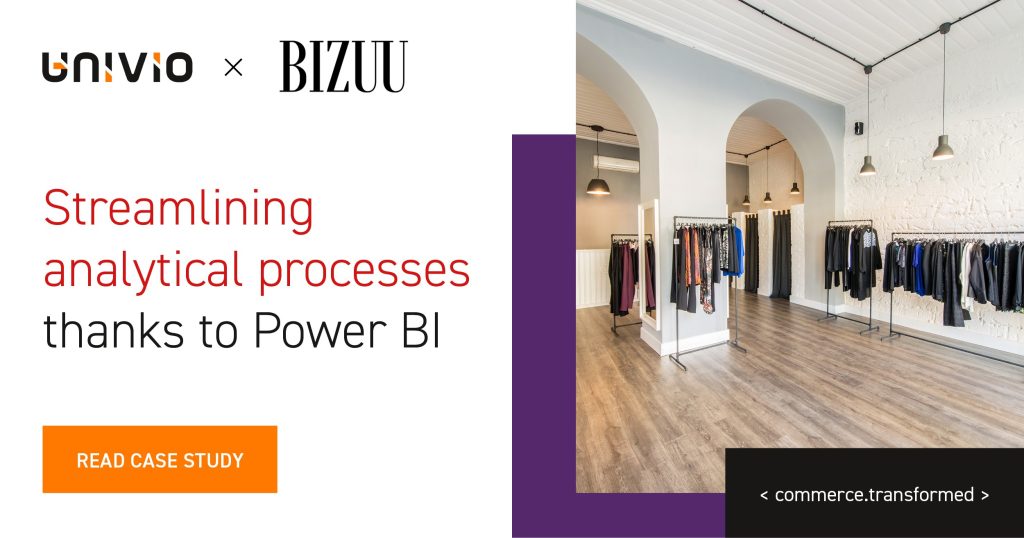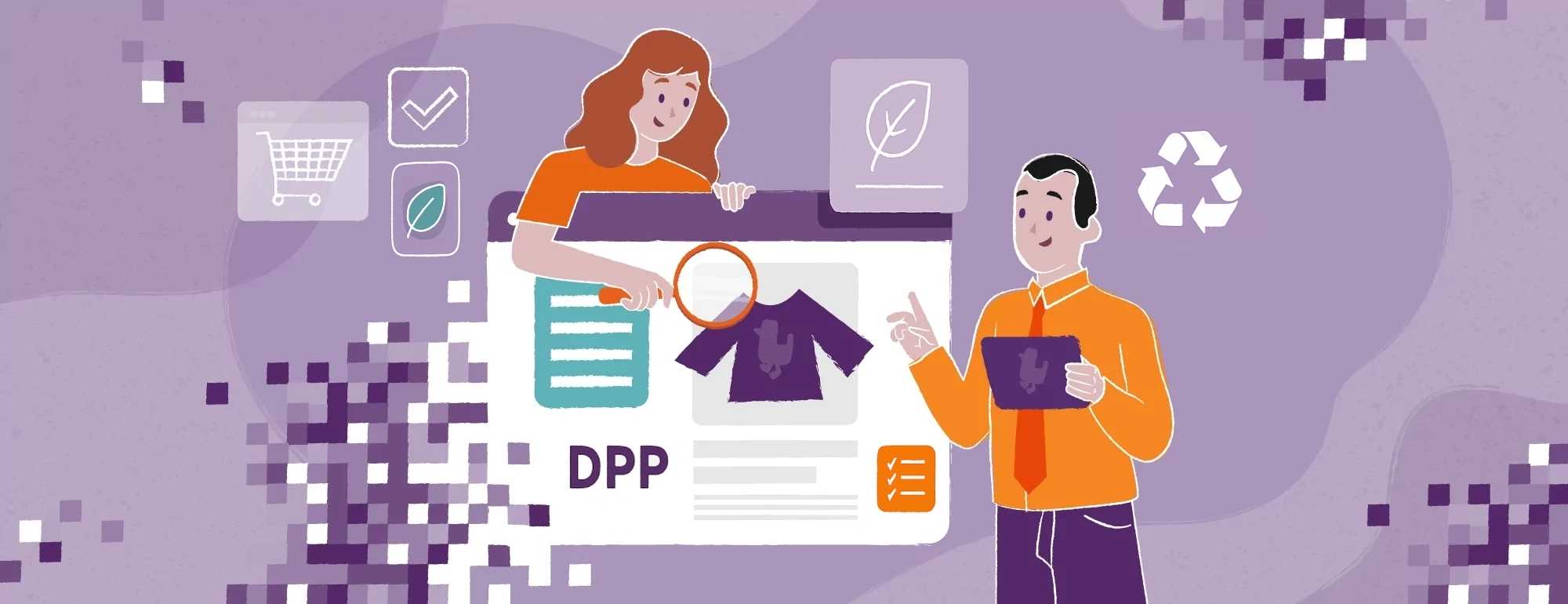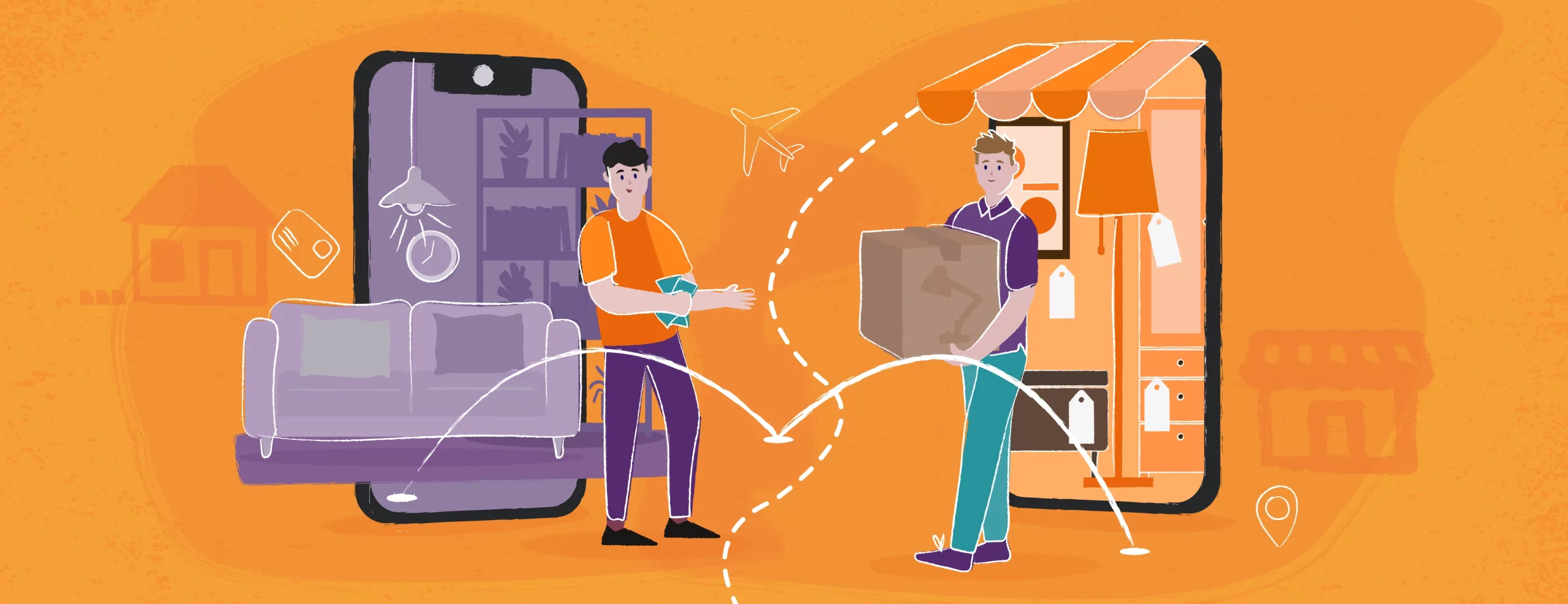Total Experience / An Emerging Trend or Temporary Buzzword?
If we said that “experience is a key driver for success” in business, you’re immediately thinking about the consumer, right?
After all, customer experiences are a key advantage and lead to some of the most popular satisfaction metrics. We measure the customer engagement rate, their returning loyatly and other related factors – anything related to business outcomes around profit, to put it bluntly.
Yet, with employee experience rapidly increasing in relevance, most companies are discovering a new, unified perspective: Total Experience (TX). But, like all new terms, where does TX sit in the -experience heavy area. And is it something organizations should start supporting and delivering?
What is Total Experience?
Total Experience (TX) is a strategic shift to combine the difference “experience” corners of a business to create a holistic approach that includes everyone, rather than compromising one area or user over another.
It’s also an invention of Gartner and one of their key technology trends for 2022.
In the same way that MACH is a combination of 4 principles, Total Experience is a combination of many existing trends and areas*:
· Customer Experience (CX): This is well known, and covers the factors and elements that define how a customer (potential or existing) interacts with the brand – and how they feel about it afterwards.
· Employee Experience (EX): Arguably the most important inclusion here – we seldom take into consideration the employee’s experience, how they interact with the company and how this influences the wider business.
· User Experience (UX): How effective are the tools, products and services of the company? The user experience stretches across both the customer and employee experiences, but it’s nonetheless a valid factor in its own right.
· Multiexperience (MX): A topic close to our hearts 😊 Multiexperience was the previous buzzword-brainchild of Gartner, so in many ways we’re looking at Total Experience as an evolution of this same concept. Here, we recognize that the modern experiences, listed above, take place on multiple devices and channels.
*But it’s not a catchy acronym, so it’s just not as cool!
Why is the Total Experience Trend Increasing?
Unsurprisingly, the continued move towards digital business has made TX a more viable reality. However, it’s far from the only reason. The typical customer – whether it’s a B2C individual or a B2B client – seeks greater transparency. Companies that are known for poor employee treatment often face consequences when such activities reach the news. The most recent Covid 19 pandemic only accelerated this awareness.
Today’s customers vote with their feet and businesses have taken note. At least the smart ones: data shows 82% of companies believe empowered employees enable a positive customer experience. And another 82% (probably not a coincidence 😉 ) state that CX is a core, vital part of their brand.
How Did We Get Here?
If Total Experience is so obvious, why is is still relatively new? Well, customer experience has, is and will continue to be widely discussed. Employee experience has typically not been part of the same picture.
In the earlier days of the internet, it almost seemed like two different strategies. Customer experiences were answered with UX, design and technology, while employee experiences diverged from tech* in favor of corporate culture – two ships in the night.
Today’s leading companies know a good experience across both customers and employees can provide a significant competitive advantage.
*something that many quickly rushed back to during the remote-work pandemic era.
The Perfect Opportunity
Despite the previous statistics, only 55% said they are putting equal efforts into all areas. In other words, even though employee experience and customer experience are viewed as important, not all businesses are giving each their fullest attention. And that gap in the market leads to opportunities for the daring.
Right now, businesses have access to more data, and consumers demand better satisfaction inline with the growing competition on the global, digital stage. Total Experience is increasing because it summarizes many of these needs, and tries to bring order to some long-standing chaos.

Total Experience Technology
All business theory must eventually move to practice. So what tools and solutions can help us implement a total experience strategy?
We mentioned MACH architecture earlier for its obvious parallels:
· It’s modular and composable, allowing for the necessary functionalities in all the right places
· It’s headless, allowing for multiple frontends for each and every channel / experience
· It brings everything together through API (and the Cloud), which will really help with both data and integrating different experience corners.
Let’s be clear. Total Experience is not a technology. It’s a business strategy and perspective. The technologies to deliver it already exist. We could even argue that MACH and Total Experience converge on the same answer from two very different perspectives.
Ultimately, both seek to connect the front and back offices through smaller tools and solutions, rather than a cumbersome and compromising monolith. But here we’re not just talking about company teams, but also the customer’s experience and how both internal and external elements have an impact.
Establishing a Total Experience Strategy
Now we understand the importance of Total Experience management, how do we implement such a strategy? The Total Experience trend is still new, so there isn’t a perfect, optimal strategy – there never is 😉 – but we recommend the following broad steps for any TX strategy.
Accept Employee Experience as Part of the Brand
The first step is about your outlook and perspective (which, coincidentally, is one of the biggest hurdles on the digital transformation path). Traditionally, we’ve thought of customer experience and employee experience as the frontend and backend… and that it’s okay to give the backoffice workers poor tools and experiences, so long as the customer doesn’t see it. Out of sight, out of mind, right?
Not so.
There’s more than enough research, and common sense, to draw a line between CX and EX. Tech systems that slow down the employee slwo down the responding results for the consumer. Outdated apps* and services for backoffice teams cause frustration, and frustration leads to poor results. And all of that leads to consumers having a bad time with your brand.
Analyse any and all interactions in the business to find these weak spots. Think with a multiexperience perspective – don’t shoe-horn in convenient tech solutions used elsewhere. One size doesn’t fit all and such compromises lead to the problems described above.
*And if you’re not even digital yet, well you don’t need us to tell you that your business needs an update.
Assess the Customer Lifecycle
Did you know that, according to one study, only 60% of businesses have a coherent and full customer interaction strategy in place? Even before we get to the wider Total Experience strategy, we need to start assessing and managing the total customer experience itself. Key emphasis on assessing.
Thorough research is needed to understand the customer lifecycle. Which areas do they come from? How many channels do they use in the process? Which ones slow them down? And for those that return, do they shift to any key channels over others?

Yet no one channel should be king of all. Even if some aren’t as popular as others, it doesn’t make them unnecessary. Multiexperience teaches that all channels the consumer uses are important, and we should only look to improve this process. We’re researching the lifecycle to find opportunities, not cut corners or compromise.
Data is your friend here. The more you have, the more you know. And this can further be tailored to unique challenges in your industry. We know, for example, that many people browse in store and buy online (or at a competitor) – is there a spike in mobile channel activity during such hours? Perhaps we should be adding greater personalization to avoid lengthy search processes? The options are plenty.
Assess Employee Lifecycles
If only 60% are looking at managing the total customer experience, it can be assumed even less are thinking about their own teams. One US survey showed that 52% of firms are exploring ways to give employees more freedom and autonomy. And another 51% are directly measuring the relation between employee engagement and user retention.
That means approximately half of businesses are… not doing this. Like we said earlier, this is the perfect opportunity to gain an advantage.
Considering how and where the employee and customer lifecycles overlap, More than customer service, it’s worth considering how backend tools and solutions further impact or enable the user from early onboarding to seasoned veterans. Slow logistics, due to monolithic technology, for example, undoubtedly impacts the customer experience, but we seldom draw the line between those two specific dots.

You may even find that some processes are still being done manually – that’s an obvious thing we can fix (or even automate 😉 )
Find and Remove Experience Silos
The reason we suggest doing this after the previous steps is because the former will show you the different steps that exist in the company. Comparing this with existing architecture and organizational charts will show where the lines are currently drawn.
But to remove silos, you need a level playing field for all.
Combining teams, together, needs the right tools. Total experience technology is based on multiexperience and composability – and for good reason. We know different teams have different needs, but still need to work on one shared system.
Using e-commerce, as an example, an online order involves website operations, warehouse logistics and even third party couriers for delivering the goods. Solid – automated – communication goes a long way to removing barriers.
Here, modular solutions may work the best. We can integrate different functionalities as each team or process requires. It’s important to give each team the tech solutions they need, whilst having a shared platform or single source of truth. For example, a Single Customer View solution will ensure every department acts on the right data.
Total Experience: Bringing Customers and Employees Together
In short, TX might be a buzzword, but it’s also an awareness-generating label on something that ought to be common sense. The customer and employee are not enemies or polar opposites. They have more shared experiences than you may realize.
However, don’t invest in Gartner’s latest buzzword because they said so: invest in Total Experience as a means to streamline experience from start to finish. In most cases, employees and customers may not directly interact, but they still share a connection that impacts each other.
A TX strategy looks to create success via superior experiences for all. And if you want to outperform competitors through modern user experience, that just makes perfect sense.







